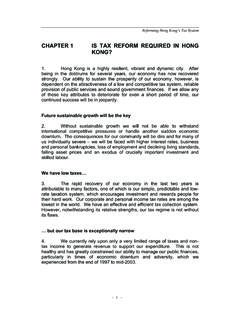Transcription of Aswath Damodaran Stern School of Business, New York ...
1 1 Valuing Young, Start-up and Growth Companies: Estimation Issues and Valuation Challenges Aswath Damodaran Stern School of business , New York University May 2009 2 Valuing Young, Start-up and Growth Companies: Estimation Issues and Valuation Challenges Young companies are difficult to value for a number of reasons. Some are start-up and idea businesses, with little or no revenues and operating losses. Even those young companies that are profitable have short histories and most young firms are dependent upon private capital, initially owner savings and venture capital and private equity later on. As a result, many of the standard techniques we use to estimate cash flows, growth rates and discount rates either do not work or yield unrealistic numbers. In addition, the fact that most young companies do not survive has to be considered somewhere in the valuation.
2 In this paper, we examine how best to value young companies. We use a combination of data on more mature companies in the business and the company s own characteristics to forecast revenues, earnings and cash flows. We also establish processes for estimating discount rates for private capital and for adjusting the value today for the possibility of failure. In the process, we argue that the venture capital approach to valuation that is widely used now is flawed and should be replaced. 3 Valuing companies early in the life cycle is difficult, partly because of the absence of operating history and partly because most young firms do not make it through these early stages to success. In this paper, we will look at the challenges we face when valuing young companies and the short cuts employed by many who have to estimate the value of these businesses to arrive at value.
3 While some of the rules for valuing young businesses make intuitive sense, there are other rules that inevitably lead to erroneous and biased estimates of value. Young companies in the economy It may be a clich that the entrepreneurs provide the energy for economic growth, but it is also true that vibrant economies have a large number of young, idea businesses, striving to get a foothold in markets. In this section, we will begin by taking a look at where young companies fall in the business life cycle and the role they play in the overall economy. We will follow up by looking at some characteristics that young companies tend to share. A Life cycle view of young companies If every business starts with an idea, young companies can range the spectrum. Some are unformed, at least in a commercial sense, where the owner of the business has an idea that he or she thinks can fill an unfilled need among consumers.
4 Others have inched a little further up the scale and have converted the idea into a commercial product, albeit with little to show in terms of revenues or earnings. Still others have moved even further down the road to commercial success, and have a market for their product or service, with revenues and the potential, at least, for some profits. 4 Figure 1: The Early Stages of the Life Cycle Idea companiesNo revenuesOperating lossesStarrt-up ccmpaniesSmall revenuesIncreasing lossesSecond-stage companiesGrowing revenuesMove towards proftsRevenuesEarnings Since young companies tend to be small, they represent only a small part of the overall economy. However, they tend to have a disproportionately large impact on the economy for several reasons. 1. employment : While there are few studies that focus just on start-ups, there is evidence that small businesses account for a disproportionate share of new jobs created in the economy.
5 The National Federation of Independent Businesses estimates that about two-thirds of the new jobs created in the recent years have been created by small businesses, and that start-ups account for a large share of these new 2. Innovation: In the early 1990s, Clayton Christensen, a strategy guru from the Harvard business School , argued that radical innovation, , innovation that disrupted traditional economic mechanisms, was unlikely to come from established firms, since 1 NFIB Small business Policy Guide, Small business Contributions in Small business Policy Guide. 5 they have too much to lose from the innovation, but more likely to come from start-up companies that have little to lose. Thus, online retailing was pioneered by a young upstart, , rather than by traditional retailers. 3. Economic growth: The economies that have grown the fastest in the last few decades have been those that have a high rate of new business formation.
6 Thus, the US was able to generate much more rapid economic growth than Western Europe during the 1990s, primarily as a consequence of the growth of small, new technology companies. Similarly, much of the growth in India has come from smaller, technology companies than it has from established companies. Characteristics of young companies As we noted in the last section, young companies are diverse, but they share some common characteristics. In this section, we will consider these shared attributes, with an eye on the valuation problems/issues that they create. 1. No history: At the risk of stating the obvious, young companies have very limited histories. Many of them have only one or two years of data available on operations and financing and some have financials for only a portion of a year, for instance. 2. Small or no revenues, operating losses: The limited history that is available for young companies is rendered even less useful by the fact that there is little operating detail in them.
7 Revenues are small or non-existent for idea companies and the expenses often are associated with getting the business established, rather than generating revenues. In combination, they result in significant operating losses. 3. Dependent on private equity: While there are a few exceptions, young businesses are dependent upon equity from private sources, rather than public markets. At the earlier stages, the equity is provided almost entirely by the founder (and friends and family). As the promise of future success increases, and with it the need for more capital, venture capitalists become a source of equity capital, in return for a share of the ownership in the firm. 4. Many don t survive: Most young companies don t survive the test of commercial success and fail. There are several studies that back up this statement, though they vary in the failure rates that they find.
8 A study of 5196 start-ups in Australia found 6 that the annual failure rate was in excess of 9% and that 64% of the businesses failed in a 10-year Knaup and Piazza (2005,2008) used data from the Bureau of Labor Statistics Quarterly Census of employment and Wages (QCEW) to compute survival statistics across This census contains information on more than million businesses in both the public and private sector. Using a seven-year database from 1998 to 2005, the authors concluded that only 44% of all businesses that were founded in 1998 survived at least 4 years and only 31% made it through all seven years. In addition, they categorized firms into ten sectors and estimated survival rates for each one. Table 1 presents their findings on the proportion of firms that made it through each year for each sector and for the entire sample: Table 1: Survival of new establishments founded in 1998 Proportion of firms that were started in 1998 that survived through Year 1 Year 2 Year 3 Year 4 Year 5 Year 6 Year 7 Natural resources Construction Manufacturing Transportation Information Financial activities business services Health services Leisure Other services All firms Note that survival rates vary across sectors, with only 25% of firms in the information sector (which includes technology) surviving 7 years, whereas almost 44% of health service businesses make it through that period.
9 5. Multiple claims on equity: The repeated forays made by young companies to raise equity does expose equity investors, who invested earlier in the process, to the possibility that their value can be reduced by deals offered to subsequent equity investors. To protect their interests, equity investors in young companies often 2 John Watson and Jim Everett, 1996, Do Small Businesses Have High Failure Rates? Journal of Small business Management, v34, pg 45-63. 3 Knaup, Amy E., May 2005,, Survival and longevity in the business employment Dynamics data, Monthly Labor Review, pp. 50 56; Knaup, Amy E. and MC. Piazza, September 2007, business employment Dynamics Data: Survival and Longevity, Monthly Labor Review, pp 3-10. 7 demand and get protection against this eventuality in the form of first claims on cash flows from operations and in liquidation and with control or veto rights, allowing them to have a say in the firm s actions.
10 As a result, different equity claims in a young company can vary on many dimensions that can affect their value. 6. Investments are illiquid: Since equity investments in young firms tend to be privately held and in non-standardized units, they are also much more illiquid than investments in their publicly traded counterparts. Valuation Issues The fact that young companies have limited histories, are dependent upon equity from private sources and are particularly susceptible to failure all contribute to making them more difficult to value. In this section, we will begin by considering the estimation issues that we run into in discounted cash flow valuations and we will follow up by evaluating why these same issues crop up when we do relative valuation. Intrinsic (DCF) Valuation There are four pieces that make up the intrinsic valuation puzzle the cash flows form existing assets, the expected growth from both new investments and improved efficiency on existing assets, the discount rates that emerge from our assessments of risk in both the business and its equity, and the assessment of when the firm will become a stable growth firm (allowing us to estimate terminal value).

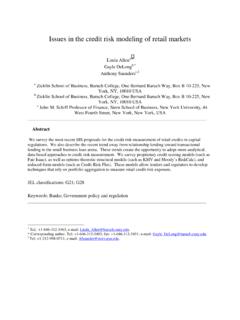
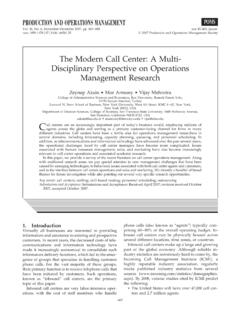
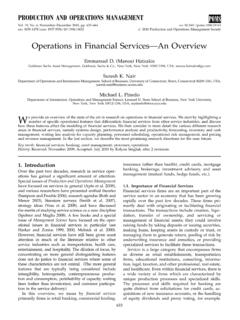



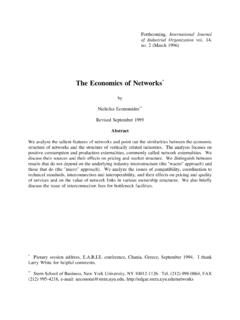
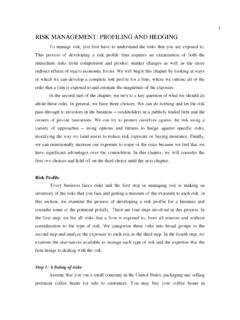





![Capitalism in the age of robots-Final[2] - ineteconomics.org](/cache/preview/a/a/c/6/a/b/c/6/thumb-aac6abc6513ee20e53e35b861f7788a8.jpg)

